Filter by

Chemicals without Harm: Policies for a Sustainable World
Today, there are thousands of synthetic chemicals used to make our clothing, cosmetics, household products, electronic devices, even our children's toys. Many of these chemicals help us live longer and more comfortable lives, but some of these highly useful chemicals are also persistent, toxic, and dangerous to our health and the environment. For fifty years, the conventional approach to hazard…
- Edition
- -
- ISBN/ISSN
- 9780262327015
- Collation
- 1 online resource (xii, 444 pages) :illustrations.
- Series Title
- -
- Call Number
- -

Science in Democracy: Expertise, Institutions, and Representation
Mark Brown draws on canonical & contemporary political & scientific theory, from Machiavelli to Latour, to throw light on how scientific expertise may be brought into a representative democracy.OCLC-licensed vendor bibliographic record.
- Edition
- -
- ISBN/ISSN
- 9780262258647
- Collation
- 1 online resource (xvi, 354 pages)
- Series Title
- -
- Call Number
- -
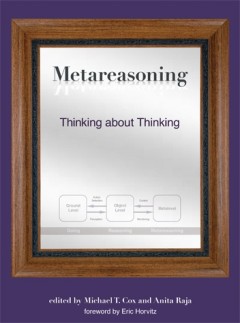
Metareasoning: Thinking about Thinking
This text offers a simple model of reasoning about reason as a framework for its discussions. Following this framework, the contributors consider meta-level control of computational activities, introspective monitoring, distributed meta-reasoning, and, putting all these aspects of meta- reasoning together.OCLC-licensed vendor bibliographic record.
- Edition
- -
- ISBN/ISSN
- 9780262295284
- Collation
- 1 online resource (vi, 340 pages) :illustrations
- Series Title
- -
- Call Number
- -
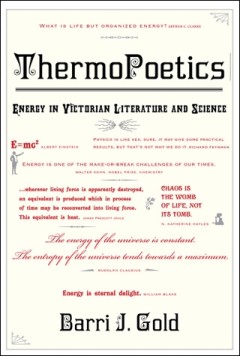
ThermoPoetics: Energy in Victorian Literature and Science
In ThermoPoetics, Barri Gold sets out to show us how analogous, intertwined, and mutually productive poetry and physics may be. Charting the simultaneous emergence of the laws of thermodynamics in literature and in physics that began in the 1830s, Gold finds that not only can science influence literature, but literature can influence science, especially in the early stages of intellectual devel…
- Edition
- -
- ISBN/ISSN
- 9780262274005
- Collation
- -
- Series Title
- -
- Call Number
- -
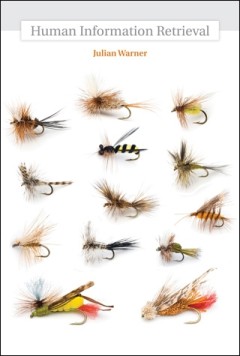
Human Information Retrieval
Julian Warner offers a comprehensive overview of information retrieval, synthesizing theories from different disciplines and incorporating such disparate systems as WorldCat and Google into a single, robust theoretical framework.OCLC-licensed vendor bibliographic record.
- Edition
- -
- ISBN/ISSN
- 9780262259262
- Collation
- 1 online resource (viii, 189 pages) :illustrations.
- Series Title
- -
- Call Number
- -
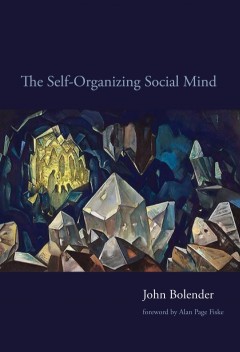
The Self-Organizing Social Mind
"A Bradford book."In this work, John Bolender proposes a new explanation for the forms of social relations. He argues that the core of social-relational cognition exhibits beauty - in the physicist's sense of the word, associated with symmetry.OCLC-licensed vendor bibliographic record.
- Edition
- -
- ISBN/ISSN
- 9780262289238
- Collation
- 1 online resource (xiv, 190 pages) :illustrations
- Series Title
- -
- Call Number
- -
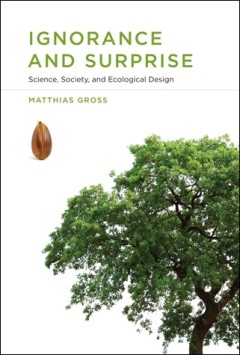
Ignorance and Surprise: Science, Society, and Ecological Design
In this work, Matthias Gross examines the relationship between ignorance and surprise, proposing a conceptual framework for handling the unexpected and offering case studies of ecological design that demonstrate the advantages of allowing for surprises and including ignorance in the design and negotiation processes.OCLC-licensed vendor bibliographic record.
- Edition
- -
- ISBN/ISSN
- 9780262265911
- Collation
- 1 online resource (xii, 240 pages) :illustrations, maps.
- Series Title
- -
- Call Number
- -
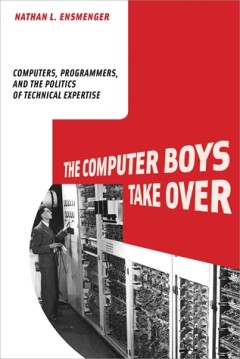
The Computer Boys Take Over: Computers, Programmers, and the Politics of Tech…
"This book provides the most holistic approach to the history of the development of programming and computer systems so far written. By embedding this history in a sociological and political context, Ensmenger has added hugely to our understanding of how the world of computing and its work practices came to be." Martin Campbell-Kelly, Professor of Computer Science, Warwick University.;"The Comp…
- Edition
- -
- ISBN/ISSN
- 9780262289351
- Collation
- -
- Series Title
- -
- Call Number
- -
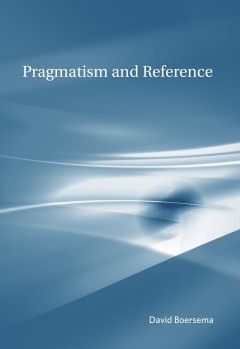
Pragmatism and Reference
Despite a revival of interest in pragmatist philosophy, most work in the analytic philosophy of language ignores insights offered by classical pragmatists & contemporary neopragmatists. This text arues that a pragmatist perspective on reference presents a distinct alternative to the prevailing analytic views on the topic.OCLC-licensed vendor bibliographic record.
- Edition
- -
- ISBN/ISSN
- 9780262268882
- Collation
- 1 online resource (xi, 279 pages)
- Series Title
- -
- Call Number
- -
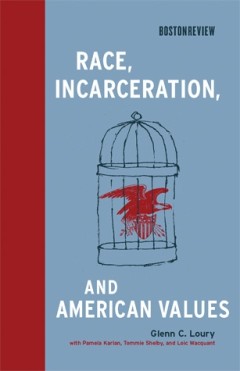
Race, Incarceration, and American Values
"Based on the 2007 Tanner lectures on human values at Stanford."Why stigmatizing and confining a large segment of our population should be unacceptable to all Americans.The United States, home to five percent of the world's population, now houses twenty-five percent of the world's prison inmates. Our incarceration rate--at 714 per 100,000 residents and rising--is almost forty percent greater th…
- Edition
- -
- ISBN/ISSN
- 9780262278577
- Collation
- 1 online resource (86 pages).
- Series Title
- -
- Call Number
- -
 Computer Science, Information & General Works
Computer Science, Information & General Works  Philosophy & Psychology
Philosophy & Psychology  Religion
Religion  Social Sciences
Social Sciences  Language
Language  Pure Science
Pure Science  Applied Sciences
Applied Sciences  Art & Recreation
Art & Recreation  Literature
Literature  History & Geography
History & Geography